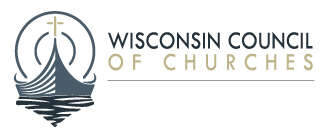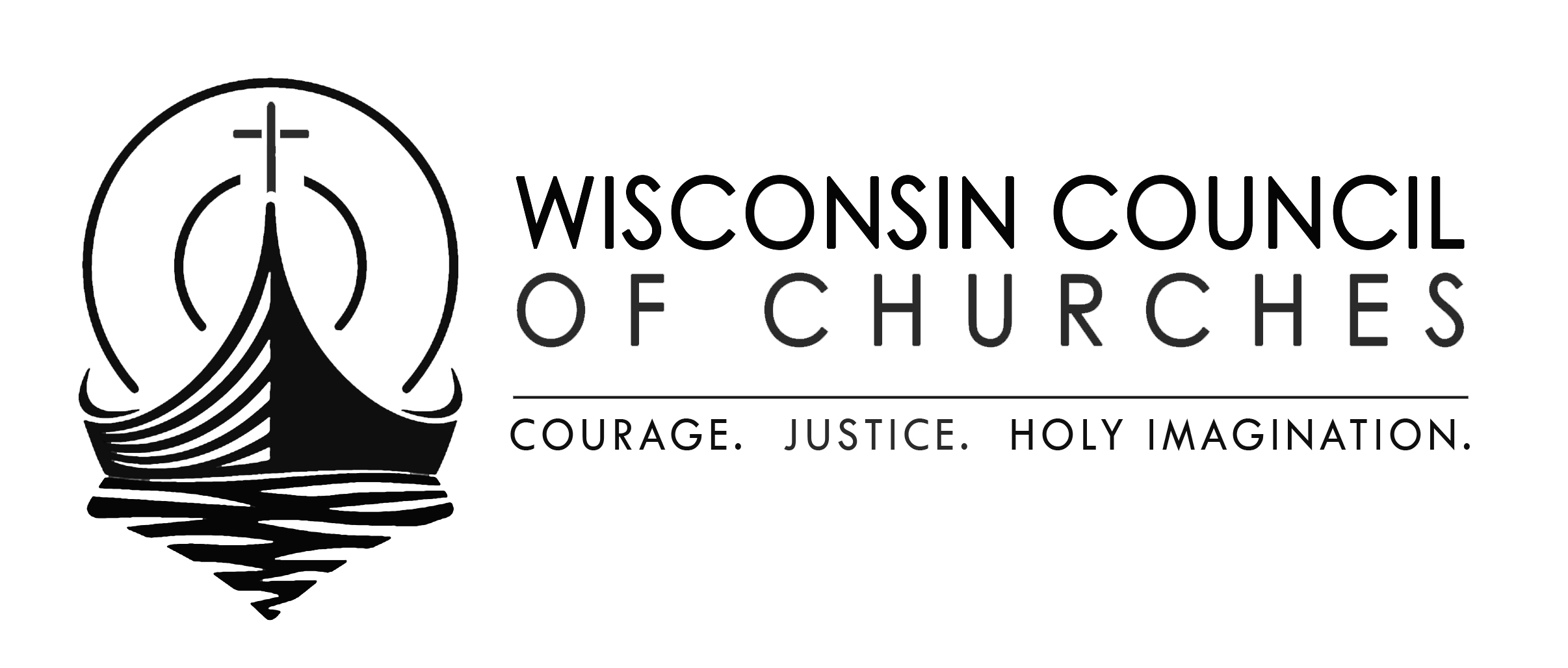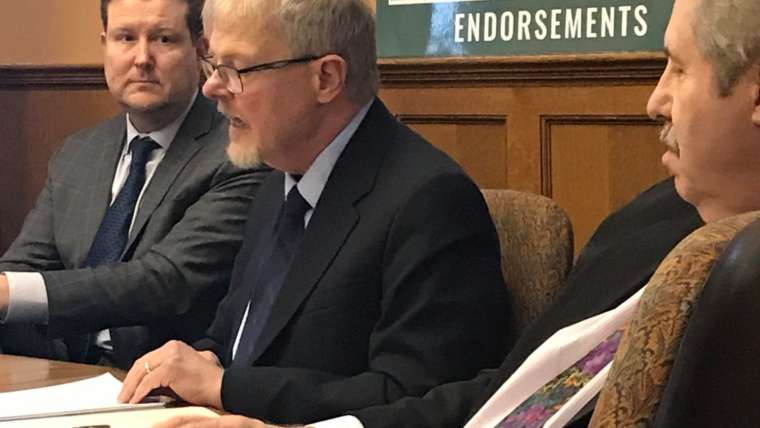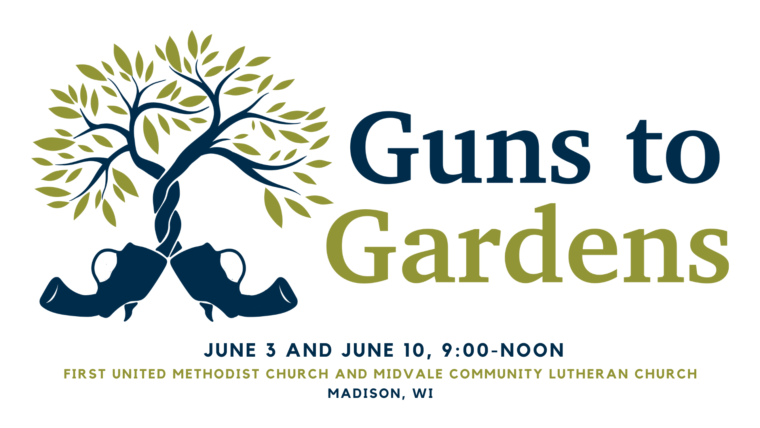They are pastors of four churches in downtown Madison, religion lived out in the heart of Wisconsin’s capital city. They are United Methodist, Episcopalian, Evangelical Lutheran Church of America by denomination.
They have worked together on issues of hunger and homelessness in the city. And now they are working together in a new way, sharing ideas and concerns as they plot the plans for their congregations in the coming months of this season of pandemic.
In what ways will the community gather? What will worship look like? How will they keep people in their congregations and in the wider community safe? What will it mean to be a church in the center of the city?
The conversation among the four pastors took place after the Wisconsin Supreme Court overturned Gov. Tony Evers’ “Badger Bounceback Plan” for reopening the state but the day before President Donald Trump upped the pressure on churches to resume in-person worship.
“Our folks are cautious, very cautious about this,” said Rev. Dr. Mark Fowler, senior pastor at First United Methodist. “We are playing it safe and really slow here,” said Rev. Peter Beeson, pastor at St. John’s Lutheran Church, the smallest of the four downtown congregations.
Over at Bethel Lutheran, one of the largest congregations in Madison with some 2,000 active members, Pastor Mike Brown, the lead pastor, said the church leadership has a COVID-19 task force that has been working on a re-opening plan that is “more on the conservative side” of whatever the Dane County guidelines are.
And Rev. Dr. Jonathan Grieser, rector at Grace Episcopal Church, while aware of the complicated questions of how to re-gather the community, pointed to a wider issue for all four congregations: “What is God calling us to do in the downtown in the wake of COVID-19?” He noted that the whole fabric of the city will be changing and that will have an impact of what it means to be church in the era that will emerge.
They are operating in an environment where there is a wide range of options being considered. The Roman Catholic dioceses in Wisconsin are moving toward resuming Masses with limited attendance on May 31, Pentecost. (Here are details from Milwaukee – the other four dioceses have variations on this, including limiting the Sunday gatherings to a simple communion service.)
Blackhawk Church in Madison, one of the largest Evangelical Free Churches around with about 5,000 people attending worship on an average Sunday, said they may well be the last church to bring people back for in-person services, given the size of their crowds. (Here is a link to a video explanation.)
Fowler said the Methodist leadership in the state is getting a lot of pressure from more rural congregations to resume in-person Sunday worship, but the Madison Methodist congregations all want to work together on their local plans.
The initial question for all of the Madison pastors, of course, is when they might open the doors of their churches again for worship and other activities. They have all been doing worship online in some form since mid March.
First Methodist hopes to have a plan in place for a potential reopening by the end of July, which does not mean they will actually open the building then. Bethel is developing written policies in case they resume in-person services this summer, covering things like distance between people, requiring face masks and the like. For Grace Episcopal – part of a denomination where the bishop holds more power – the next steps are dependent on what the bishop announces. For now, Bishop Steven Miller of the Milwaukee Diocese has said there may be no public worship in Episcopal churches at least through the end of this month.
Meanwhile, at St. John’s, where the congregation skews much older, Beeson said, “It would be insane to gather a bunch of 80-year olds in the sanctuary, particularly when we can still worship on Zoom. If we try to do something big in the sanctuary, we would be creating a divide between those who want to risk attending and those who do not. And what if someone got sick and died?” For his congregation, they are looking at small groups of people who would self-select to gather for times of worship, perhaps in their homes or elsewhere around Madison.
All the pastors agree that congregational singing and choral singing is out for the indefinite future, given the higher risks of spreading the virus in that form. “There will be no singing for 18 months,” Brown said. ”That’s just the way it is going to be.” Bethel may use string groups for some services to provide music.
The four pastors talked about the many challenges that every worship space is facing now. It’s not just masks and distance and singing. It is about greetings of peace and offering plates and communion. And issues go on – bathrooms, space for nurseries, Sunday school.
It’s about how many worship services to have in order to allow people to stay far enough apart. Before the pandemic, Bethel would have about 560 people at weekend services, First Methodist would have 300 to 400, Grace would have about 175 – all numbers that are above what are likely to acceptable sized groups for some time to come. Brown said at Bethel, he expects that until there is a readily available vaccine or herd immunity – perhaps 18-24 months from now – attendance at each service will be capped at 50 or fewer and there will be significant cleaning between each service.
And then there is communion. The issues around communion get even more complicated by the varying Eucharistic theologies of varying denominations. Grieser talked about the work involved in helping congregation members understand the “worship will be nothing like it was before.” Brown said at Bethel, leaders are developing visual graphics to help explain what might change “so people not only know what we are going to do when, but they also know why.” Leaders at all the churches are in conversation about each step along the way.
For now, worship service online, gatherings of groups by Zoom or other forums, lots of outreach to individuals and continuing care for the wider community will be the order of the day.
Fowler said what he is hearing from members at First Methodist is not an urgent need to get back into the building, but “a huge need to find ways to be together and for the now, the multiplicity of Zoom meeting seems to be doing that.” Fowler told of being part of a Zoom meeting with choir members from First Methodist and hears a recurring theme these days. “It’s lamentation,” he said.
Phil Haslanger is a United Church of Christ minister who lives in Fitchburg and is the story team leader for the Collaboration Project.



